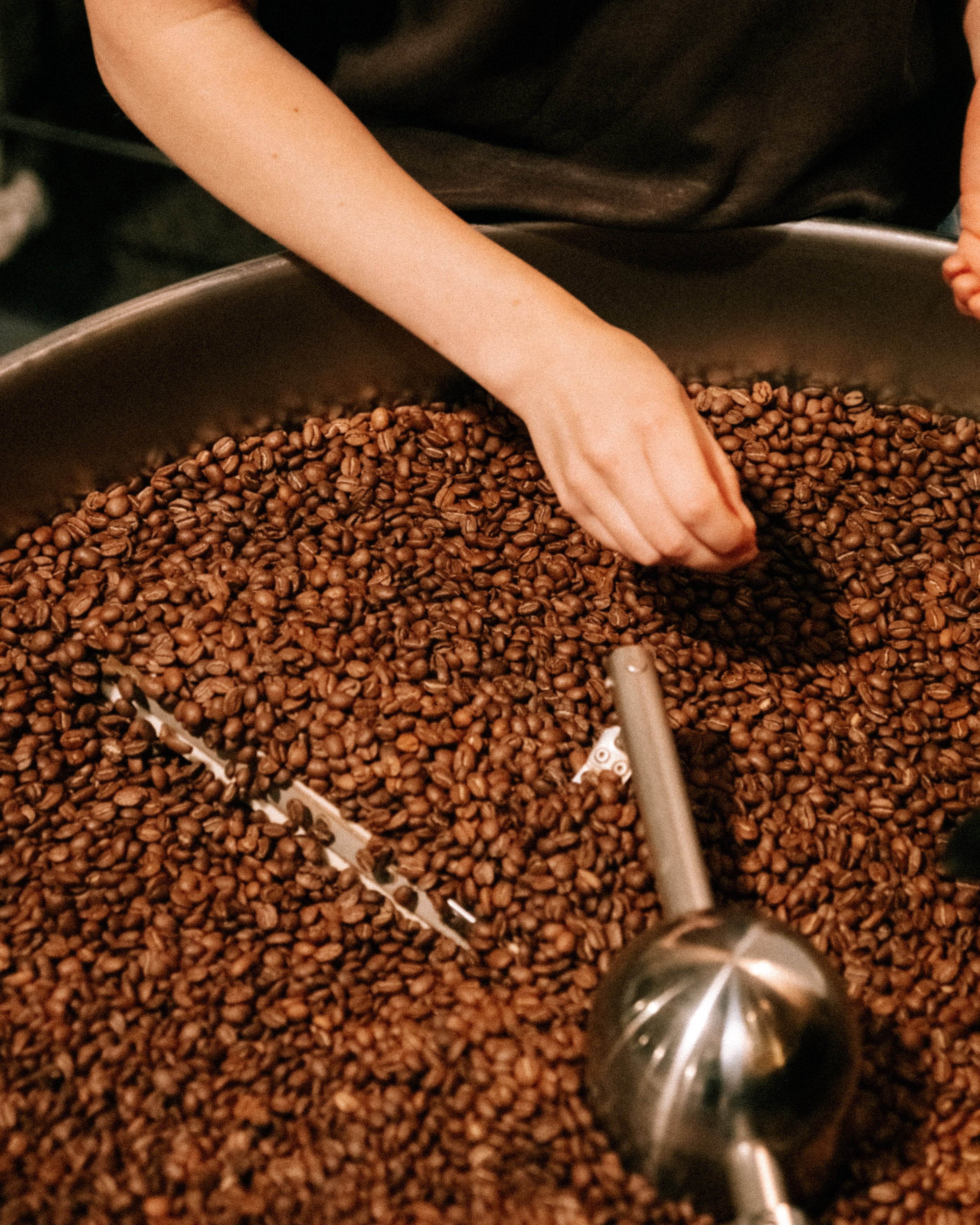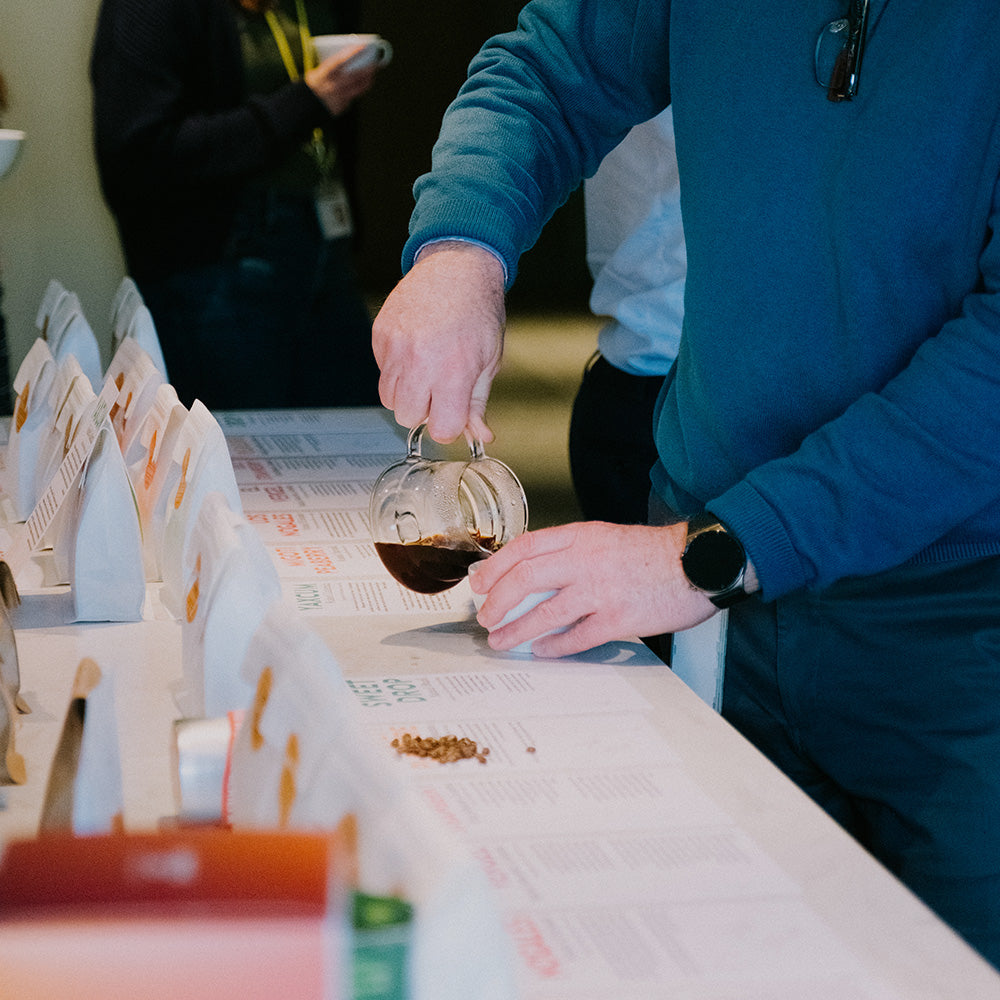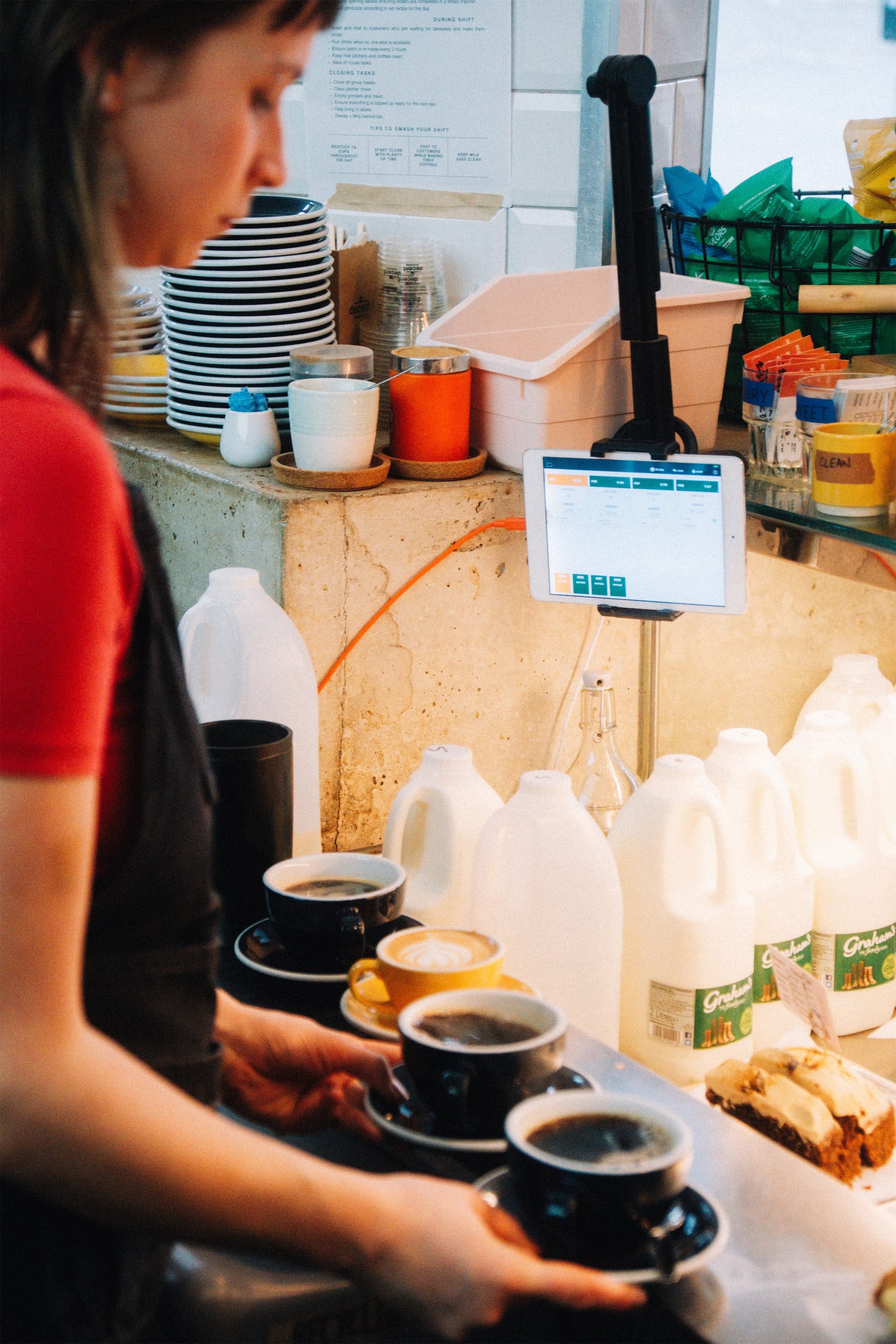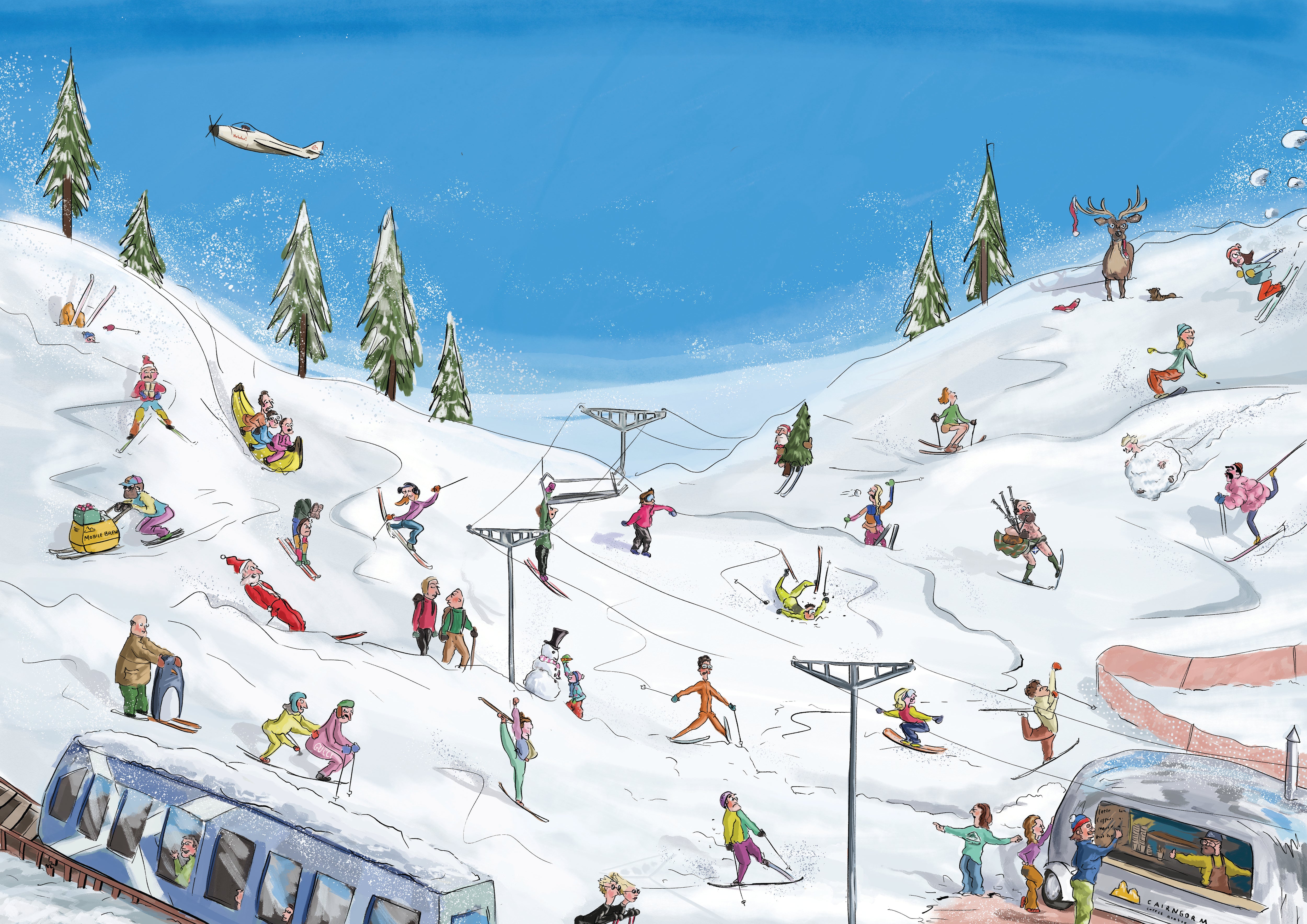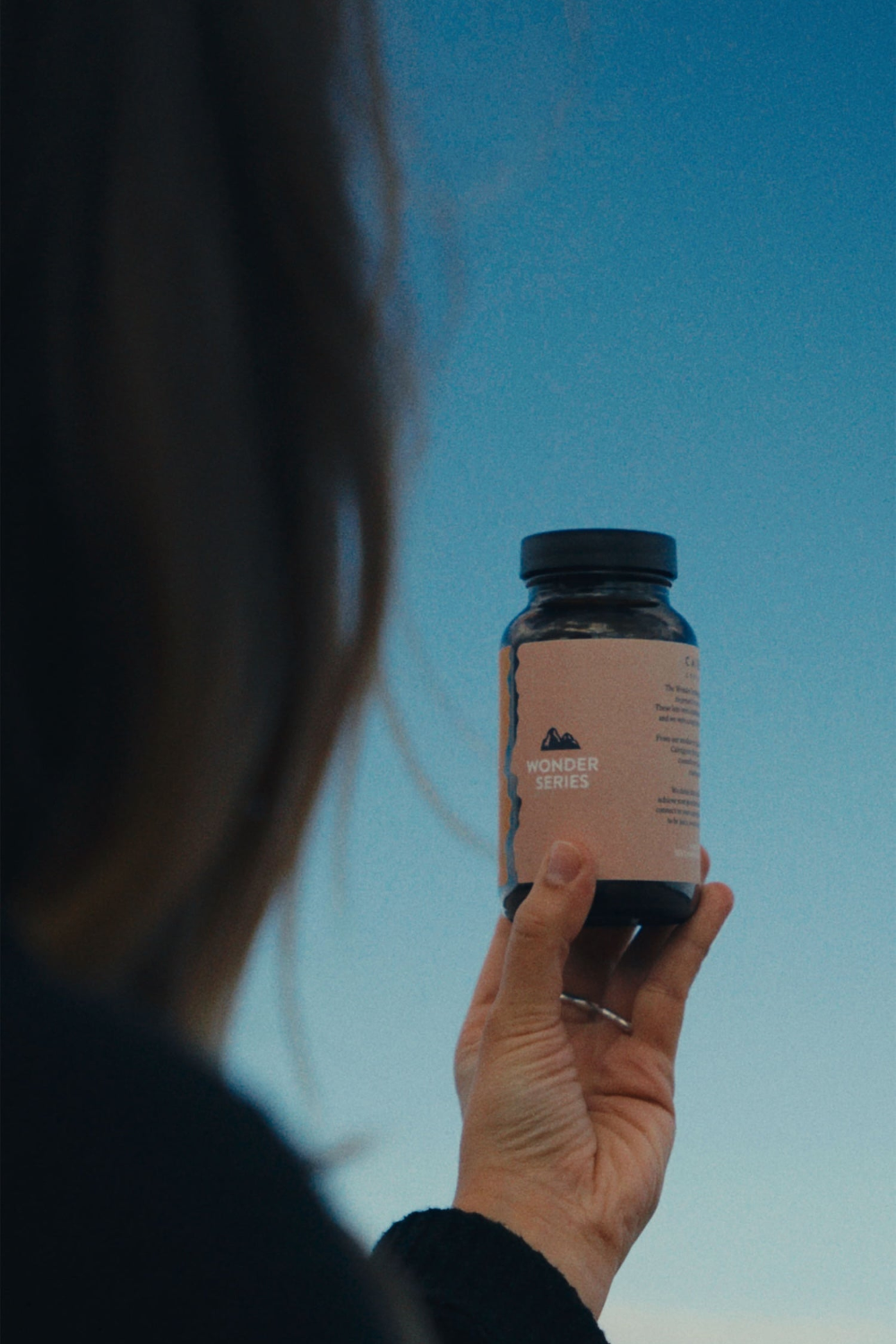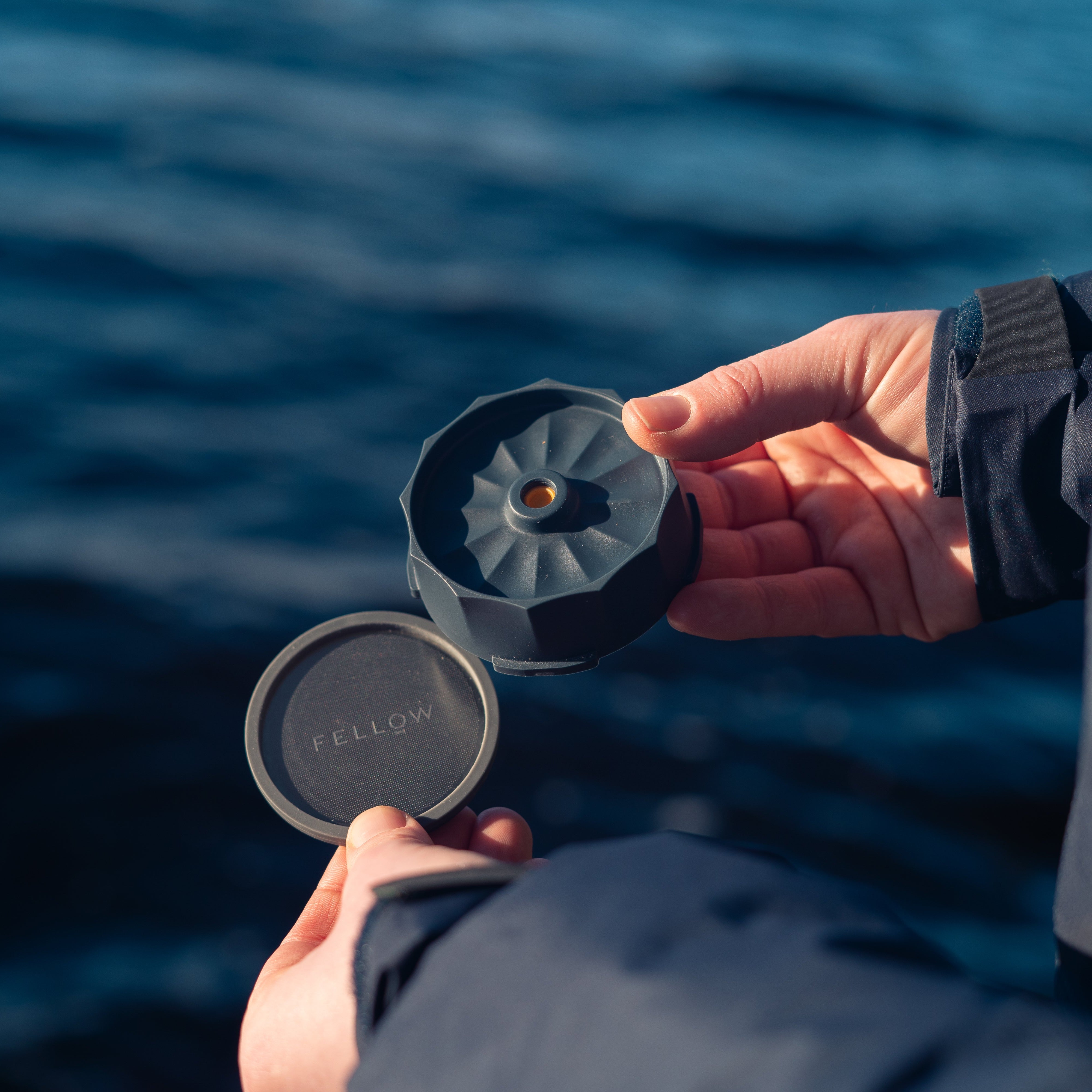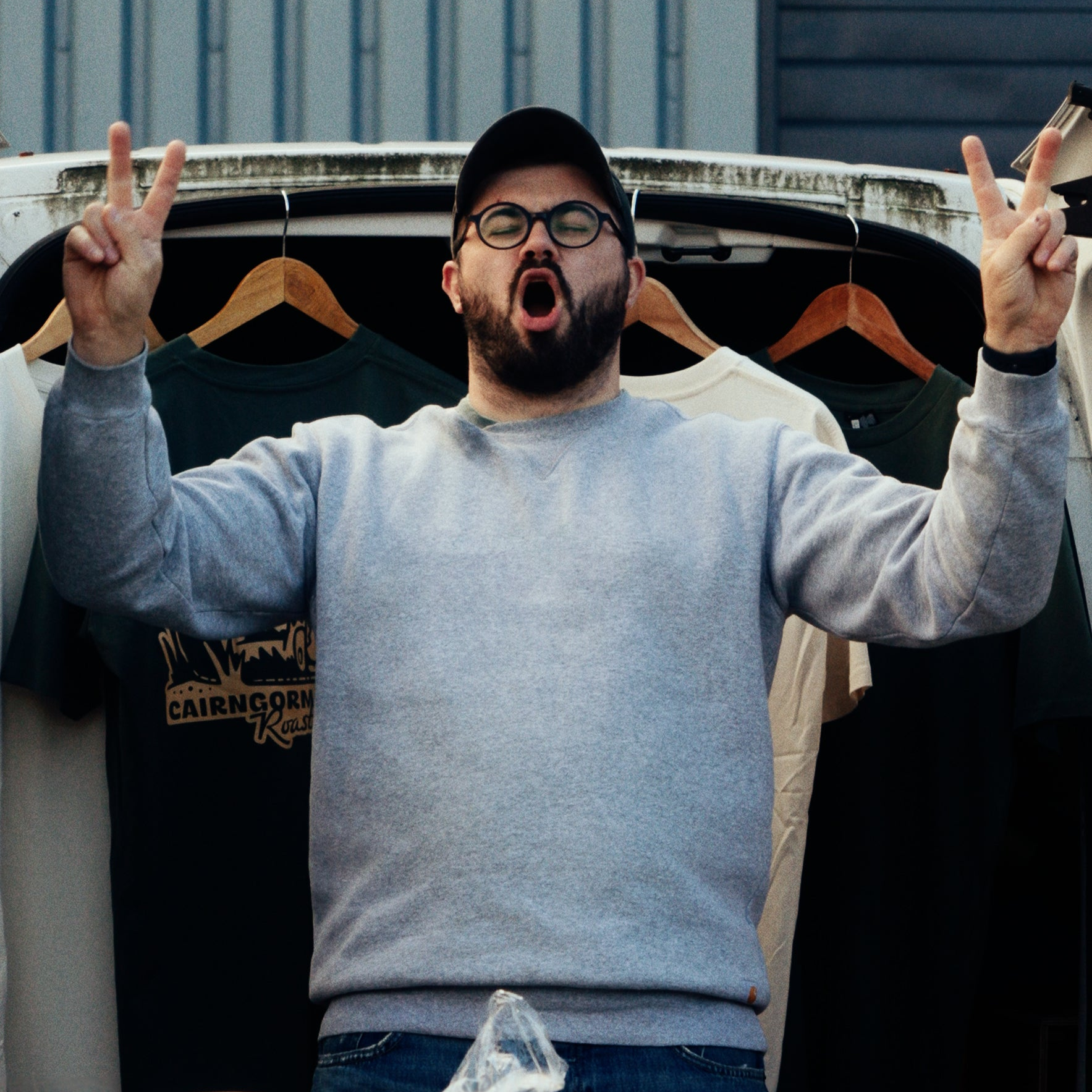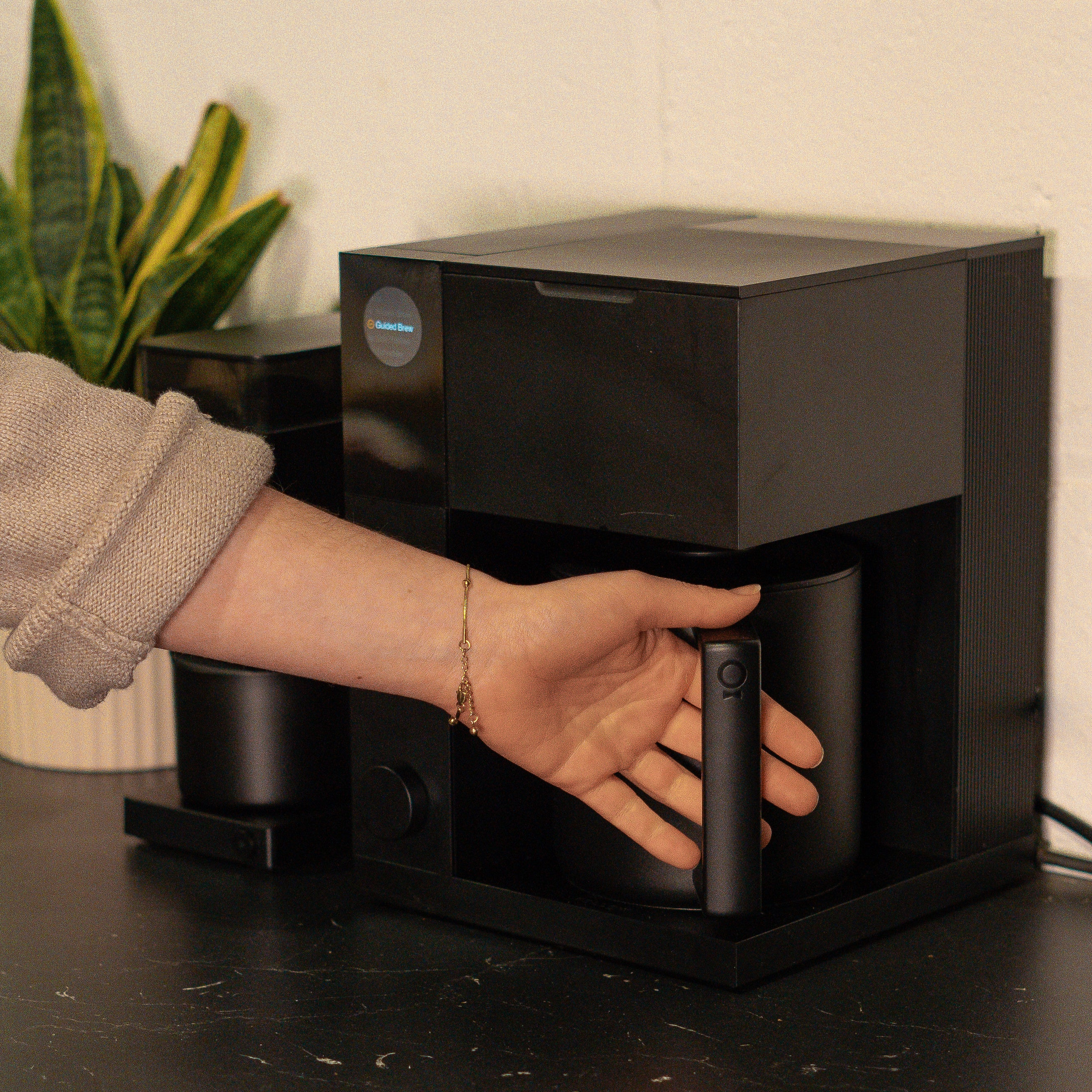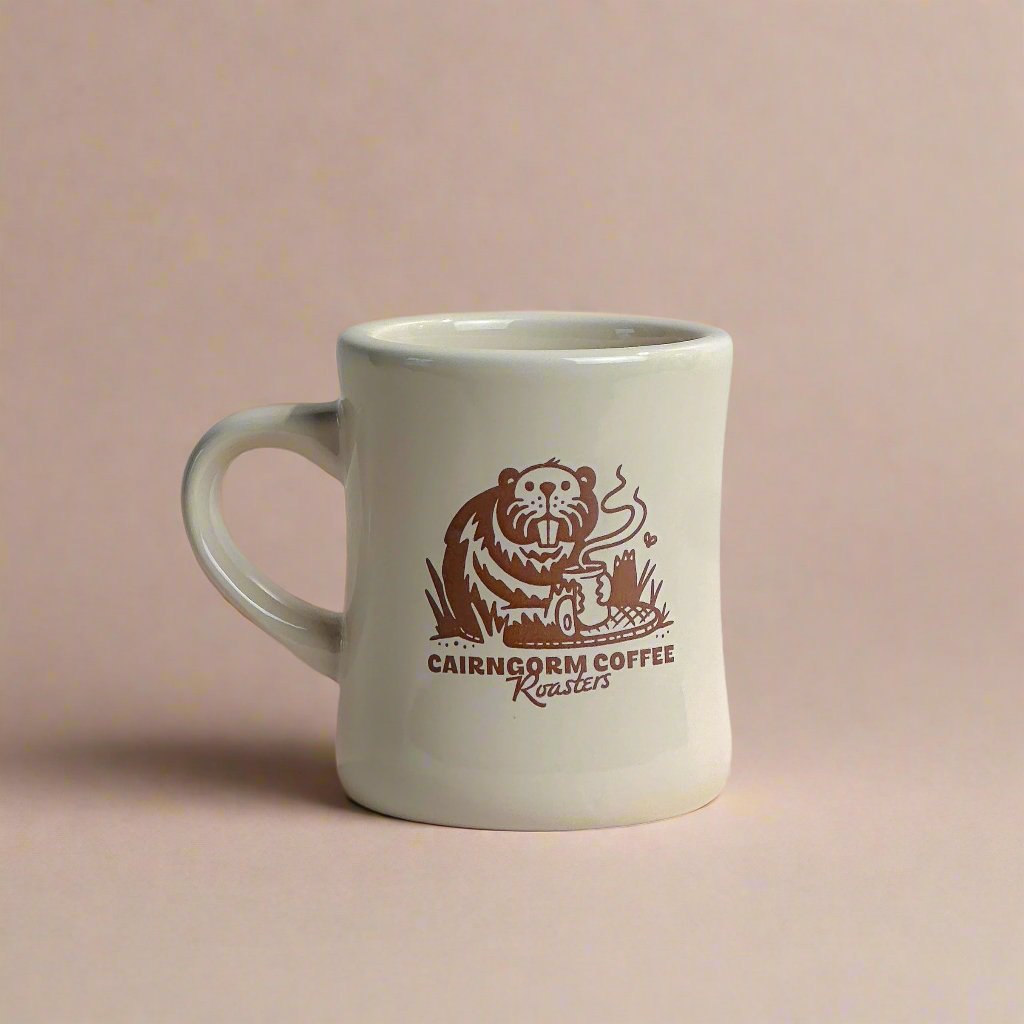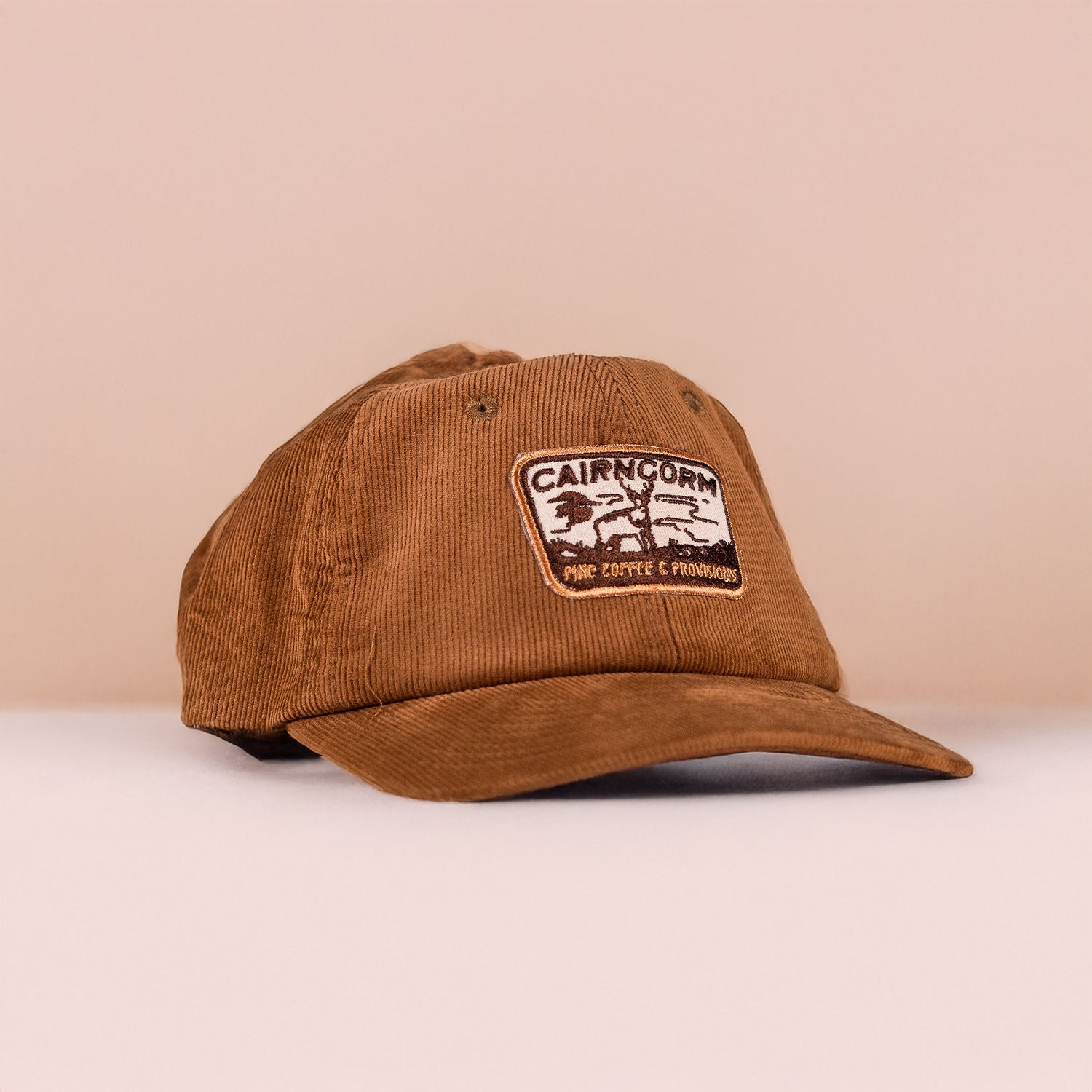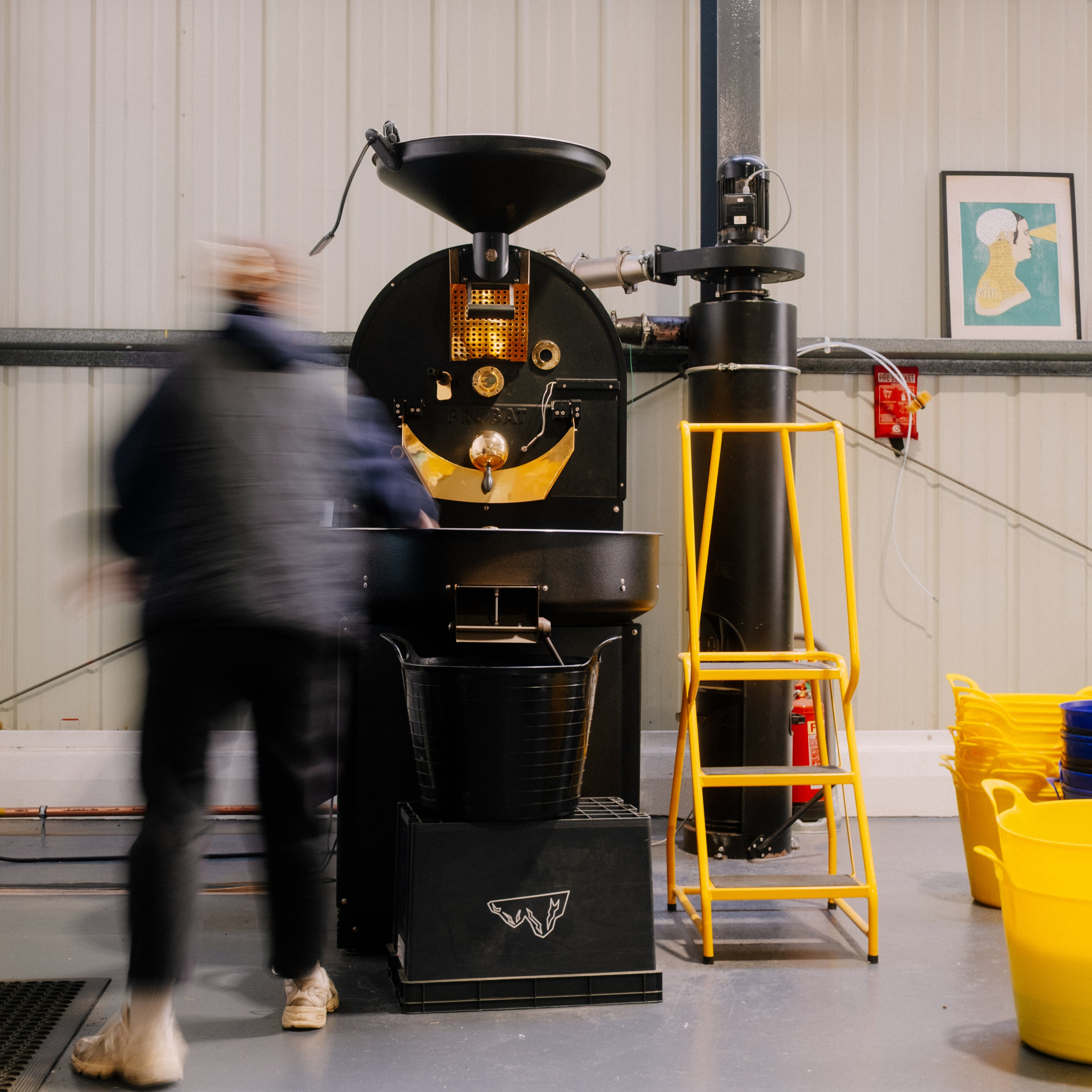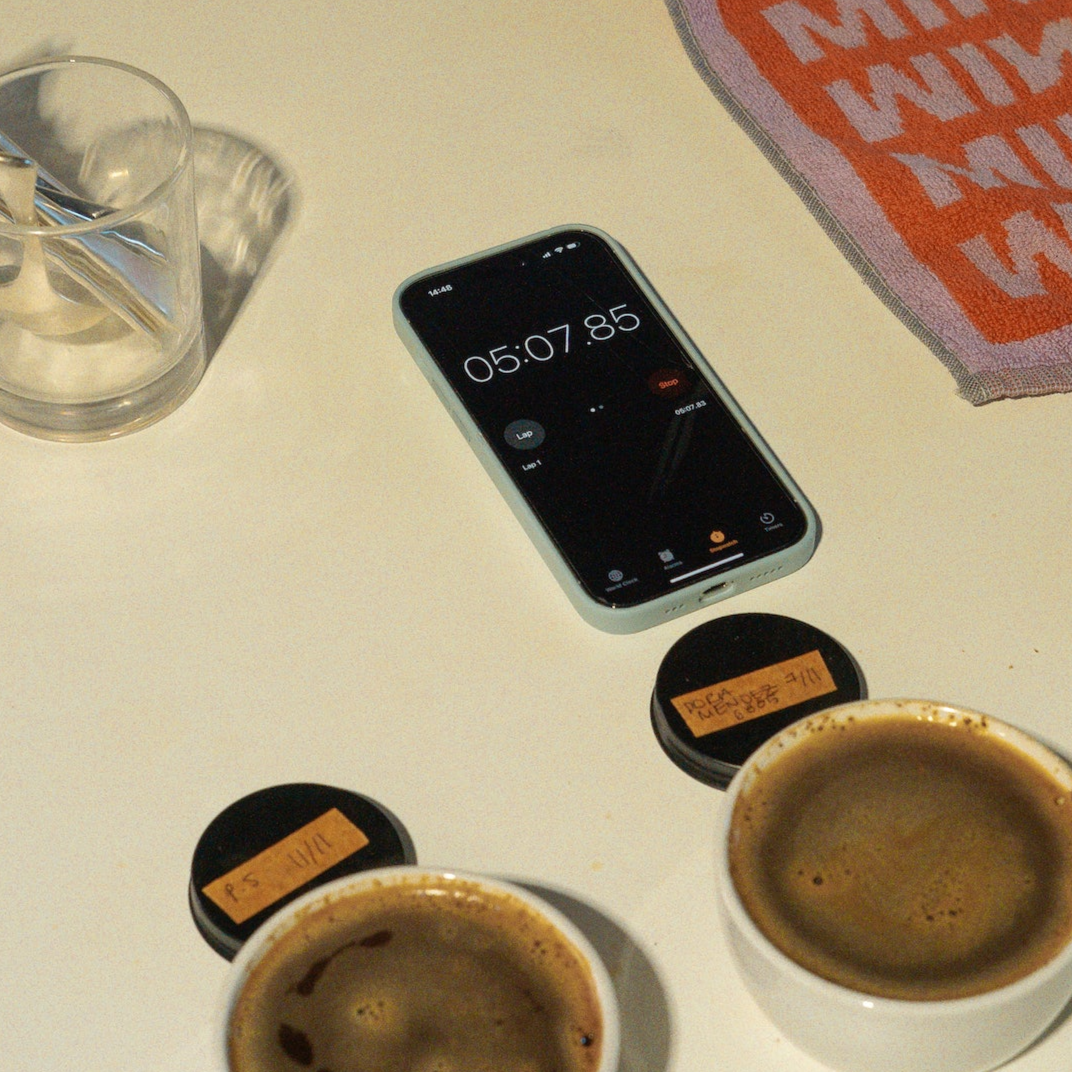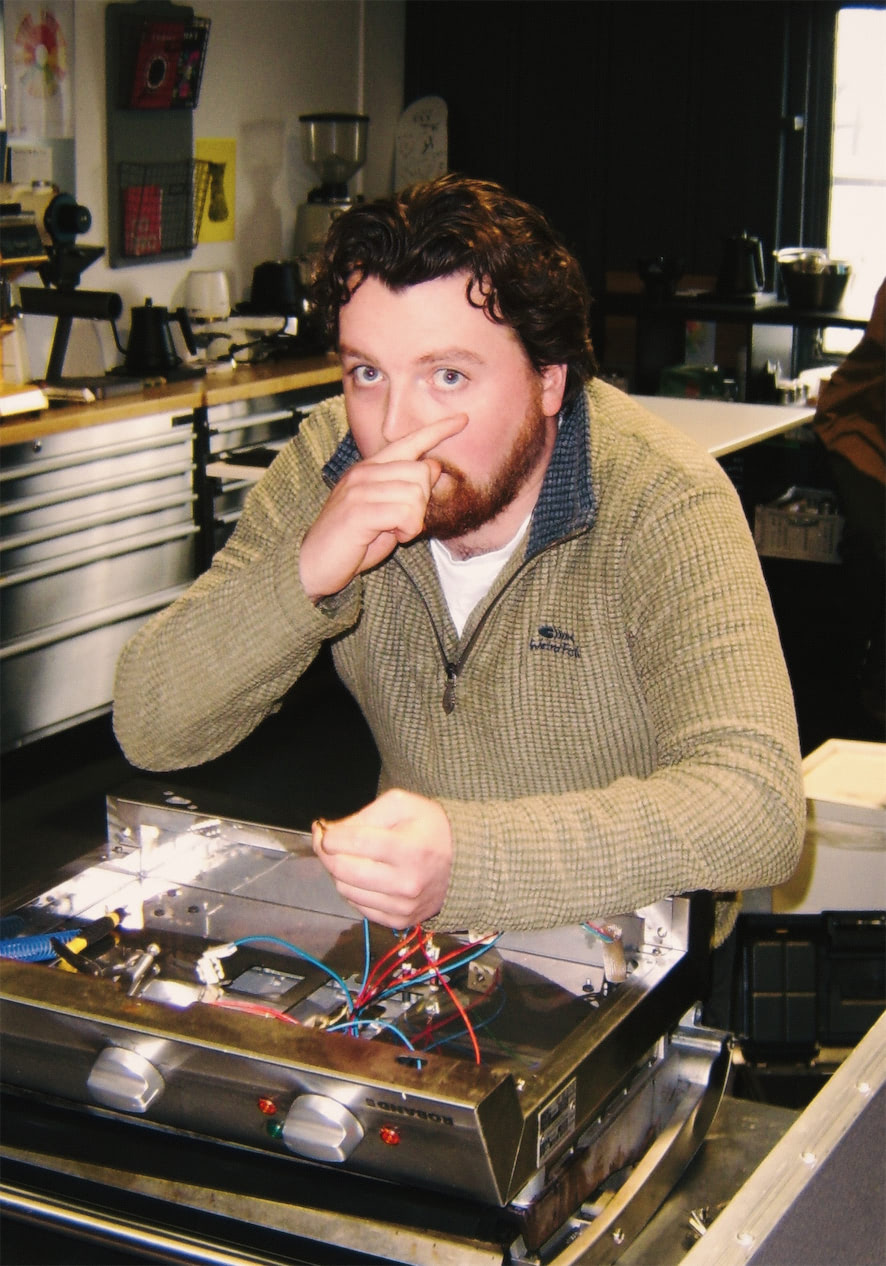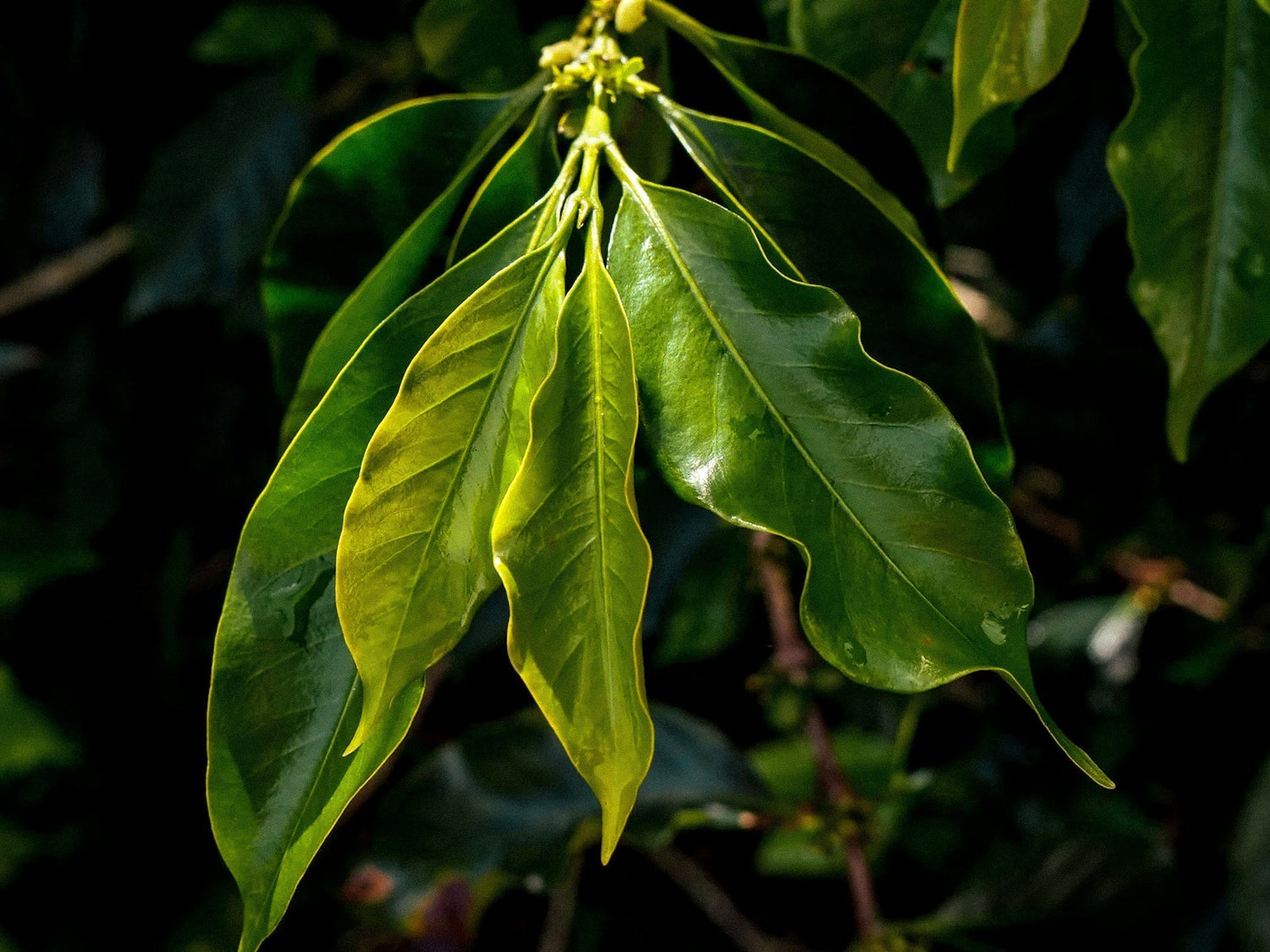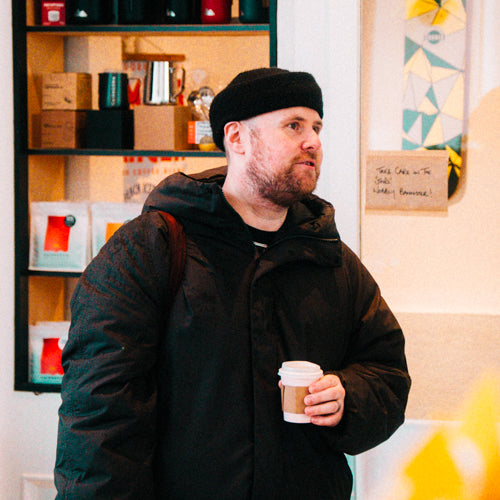Unless you’ve been living under a rock for the past 12 months, you might have noticed that demand for decaf is on the rise. What used to be known as reliably terribly tasting coffee, can now be just as incredible as your fully caffeinated cuppa. So what’s changed?? With the rise of not only health conscious consumers ditching caffeine, but also producers pushing the boundaries of processing, there’s never been such high demand for high quality decaf. But what actually goes into producing great decaf coffee? Let’s take a look.

What is Decaf Coffee?
On the surface decaf coffee is just green coffee that has gone through a decaffeination process to remove the caffeine. This might seem relatively self explanatory, but did you know that decaf coffee can never be 100% decaffeinated? This is because traces will still remain, even after undergoing decaffeination. Typically, decaffeinated coffee will still contain trace amounts of around 2-7mg of caffeine per cup, a lot less than the 70-140mg found in your regular cup of coffee.

What Processes are Used to Decaffeinate?
Traditionally there are 4 main methods of decaffeination. Chemical, Swiss Water, CO2 and Ethyl Acetate (EA).
Chemical
Way back, long before the specialty coffee boom, the only decaf available was chemically processed. These chemicals would strip away the caffeine, but not only that, they’d also strip away the majority of the flavour profile from the coffee. This led to a generation of coffee drinkers believing that if it was decaf, it had to taste bad. To this day, we still get people asking us in our cafe if “we’re sure this is decaf”. People are still shocked that it can in fact taste good.
Swiss Water
Swiss Water decaf first rose to prominence as producers started looking for different ways to process decaf, ways that didn’t impact on the flavour profile of the coffee. Enter Swiss Water Decaf. The process itself is pretty complex, and begins by soaking the green coffee in boiling hot water to separate the caffeine from the green coffee. The water is then filtered through charcoal, with the porous surface acting as a filter to remove the caffeine.The next batch of green coffee is then soaked in the original green coffee bean extract, drawing out the caffeine and infusing the green coffee with the rich flavour profile of the original batch. Great, right? Well kind off. The problem with Swiss Water Decaf is that processing takes place at their plant in Vancouver, British Colombia. This adds a huge amount of cost and airmiles to the process, making it unsustainable and inaccessible to a lot of producers.

CO2
This is where Sparkling Water (CO2) Decaf comes into play. To carry out this process, green coffee is soaked in water, before liquid carbon dioxide is added at high pressures. The liquid carbon dioxide then begins to extract and dissolve the caffeine from the bean without impacting the flavour profile or the molecular structure.They’ll then transfer the caffeine infused CO2 to a separate container and repeat the process until the caffeine content is below 0.8%. The great thing about this process is that it can be carried out at origin. Making it more affordable, accessible and reduces the impact on the planet.
Ethyl Acetate (EA)
Okay, so here’s where we contradict ourselves a little bit. Technically this is a chemically processed decaf coffee, however it’s very different to the traditional chemical process. That’s because this chemical is actually a natural occurring bi-product of sugar cane processing. You’ll sometimes hear this process referred to as Sugarcane Decaf too. We start by placing the green coffee in water to soak, before steaming it to expand the cells of the bean. Then it’s onto washing, where the green coffee is soaked in an Ethyl Acetate solution, which acts as a solvent, attracting and removing the caffeine. The reason that this process is becoming more prominent in the coffee industry is the availability of Ethyl Acetate at origin. Many producing countries also produce sugar cane, meaning this is a great way to reduce waste and costs.
 Because we’re committed to only purchasing the highest quality coffee, including when it comes to decaf, we’ll only purchase decaf coffee processed using CO2 or EA processes. These have the least impact on the intrinsic flavour profile of the coffee and lead to a cup that’s just as incredible as all of our other coffee.
Because we’re committed to only purchasing the highest quality coffee, including when it comes to decaf, we’ll only purchase decaf coffee processed using CO2 or EA processes. These have the least impact on the intrinsic flavour profile of the coffee and lead to a cup that’s just as incredible as all of our other coffee.
Experimentally Processed Decaf
Specialty coffee is now in a place where experimental processing has become a prominent mainstay. Initially these processing methods were reserved for fully caffeinated lots, but as prices began to rise for the experimental coffees, and so too the demand for great tasting decaf, producers began to experiment with bringing these processes to decaf coffee. This has led to a complete transformation in taste, with more complex flavour profiles, better tasting decaf overall and the coffee fetching much more in price than it ever has before.
The Future of Decaf
So what does the future hold? Well that’s a good question. We’re beginning to see attitudes to alcohol changing across Scotland and further afield. With the rising trend of more health-conscious attitudes amongst younger people, a trend that has been influenced by changing social norms and social media, the demand for alternative options to a night at the pub have been slowly increasing. With more and more cafes exploring later opening hours (including us til’ 7pm at Melville Place), exploration of interesting decaf lots has nowhere near reached its peak. We’d also at this point like to make the argument that decaf drinkers might even be more hardcore that standard coffee drinkers, purely because they’re drinking it for the flavour and not the caffeine boost. It’s fair to say decaf is going nowhere, and as we move through this year, the quality will only increase to an even higher standard.

Now is a great time to explore our decaf option, the incredible Camioneta Anoxic Decaf. Why not give it a go next time you find yourself at Melville Place, or when you need a stock up for that home brew bar?
Words by Kris Sandlan
Images from Cairngorm Coffee, Cedro Alto, Kent Kallberg Studios (Swiss Water Factory


